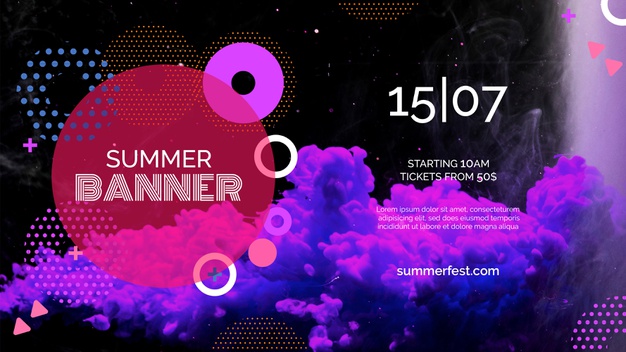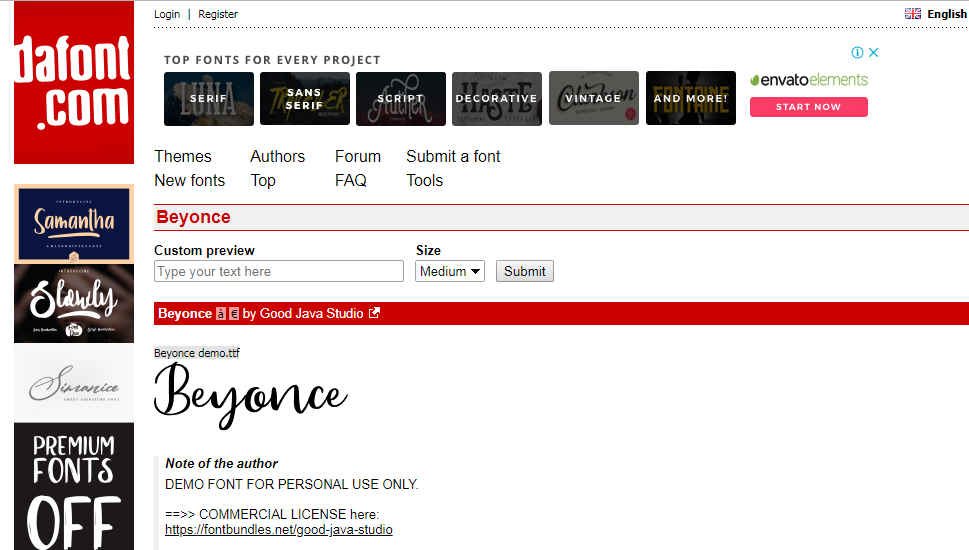
The infographic design space has been part of a major evolution and is one of the most time-tested ways of delivering your message to various audiences. Infographics mainly comprise of visual clues to communicate the intended message while ensuring that it stays relevant to the topic.
But before you join hands with the Infographics revolution and get added to the list of people being benefited by the extreme communicative power of this tool, it is essential that you hunt for the right infographic designer for your business. Listed below are a few but crucial things to look out for when hiring an infographics designer:
- Purchased Images
The designer should use licensed vectors and images in order to avoid copyright issues which can cost you tons. Most designers use images from so-called “free” websites like Freepik and use an image like the one in the below example. However, the detail that they miss is that attribution is required for using this image. This can lead to serious trouble if your infographic goes viral. Which exactly is the purpose behind designing it!

Same is the case for fonts where infographic designers use fonts from sites like Dafont which provide some fonts for free but for personal-use-only license. It should be ensured that the designer is willing to share the licenses for all fonts, vectors and images used while ensuring that all assets used are good for commercial purposes. You really don’t want your infographic to be a matter of worry and legal issues when you have already displayed it on your platform for the world to see!

- Variety of Styles in Portfolio (flat style, process-based, data-based)
Infographics can be designed for a variety of purposes. You can ask an infographics designer to create an infographics resume , to illustrate a process , or to simply provide information about a product or a service . Infographics can also be used to list down the top 5 – 10 USPs or so of a particular product or to compare two similar things visually.
Infographics can not only be created for a variety of purposes but also in a variety of different styles. To give you an idea, Flat Style Infographics provide good quantity of content at a low price making them perfect for when you want to only provide information. Image based infographics. on the other hand are good for product based infographics and for more professional industries like the medical, finance etc.
Although there is no fixed-style for an infographic, the designer should know what style will help bring in higher conversions. Infographics that resonate with the target audience tend to bring in higher conversions, something that your infographics designer should be well aware of. Along with that, the design should complement well with the overall style of the brand or product that he/she will be representing via infographics.
- Ability to Level-Up Infographics When Needed (animated, interactive, responsive infographics)
Did you even know there is more than jpeg images when it comes to infographics? Your designer created an infographic, shared it with you in a jpeg format, you posted it on social media and mostly received a positive response. However, you also got feedback that the infographic could have been more interesting but alas, you don’t know what to do with this excellent piece of information. Worry not!
There are several options that can be used to level-up your infographic and these options should be your designer’s first go-to. You can reuse the infographic with animation and make it mobile-friendly. Yes, there are ways in which you can make your infographics mobile responsive and SEO-friendly ! If in case you have a content-heavy infographic, you can repurpose it for social media by converting it into social cards . Your designer should be able to help you scale-up and extract maximum out of your infographic.
- Infographics Created are Mobile Responsive & SEO-friendly
Check with your designer if the infographic created is mobile responsive and SEO-friendly to save yourself a lot of trouble. With mobile-first being the trend in the industry, you must ask your designer if they can convert infographics into a mobile responsive design via HTML so Google crawlers can read through the text. This will also allow your infographics to help you in your SEO efforts. You can use this infographic as an example and request the designer to check the created infographic on both mobile and desktop.
- Beware of Template Based Designs
You must ensure that designers don’t create infographics for you using ready-made templates as that will kill the purpose of creating the infographic in the first place. The real purpose of an infographic is to present information in a unique and customized manner so that it tells your story. The designer should not fit your story in a ready-made template.
With a variety of drag-and-drop infographic builders in the market, designers can take this path. The problem with this is that owing to limited resources and tools, infographics created via drag-and-drop builders are never unique. Most of the infographics end up looking exactly similar and you probably don’t want your infographic to look like it was inspired from your competitors.
- Integration with Existing Systems (HTML, WordPress, Unbounce)
Before you go ahead with a designer, you must consider whether or not the infographic created is good enough to be part of your website or marketing plan? Can it be sent as a landing page using Unbounce or can it be part of your WordPress website ? You must consider if your infographic falls in line with your marketing efforts and if it be integrated with your existing brand guidelines?
- Experience with Infographics & Success Stories
How can your designer guarantee that the infographics they create are liked by your target audience? Truth is, they can do no such thing, however, they can provide you with proof of past success which can back up their claim. For example, infographic resume for Ben Fisher is an infographic that has been featured at various places across the web and is liked by many. You can also ask designers for their work experience, portfolio and the names of the brands they have worked with in the past.
The number of infographics worked on is also a good decisive factor when selecting an infographic designer. A designer with more than 1000 infographics designed can be considered to be a safe choice.
- Cost
You may wonder if an infographic designer will charge more if they have worked for big brands in the past. In order to get an idea, we will provide you with an industry cost of a basic infographic so you can negotiate better. For example, a static infographic for approx. 700×3000 px like this one should cost you around USD 200-300 depending upon the volume and timeline. The price will however increase with additional features like animation, mobile responsiveness, SEO-friendly design etc.. However, now that you have a fair idea regarding the cost, you can begin your search and negotiation from there.
Now that you know the points to consider when hiring an infographics designer, you must be ready to go ahead! However, if this seems like too much information you can always hire professional teams to take care of your infographics and other design requirements. When investing your time, effort and money, you must consider whether or not it is all worthwhile. Hiring professional ensures that the work you get is unique and tells your story in the best manner possible. If you want to hire great designers, you can get in touch with The Dreamer Designs , a company that understands all these things in detail and has years of experience in the infographics industry. Chances are that they already have infographics relevant to your business needs.
